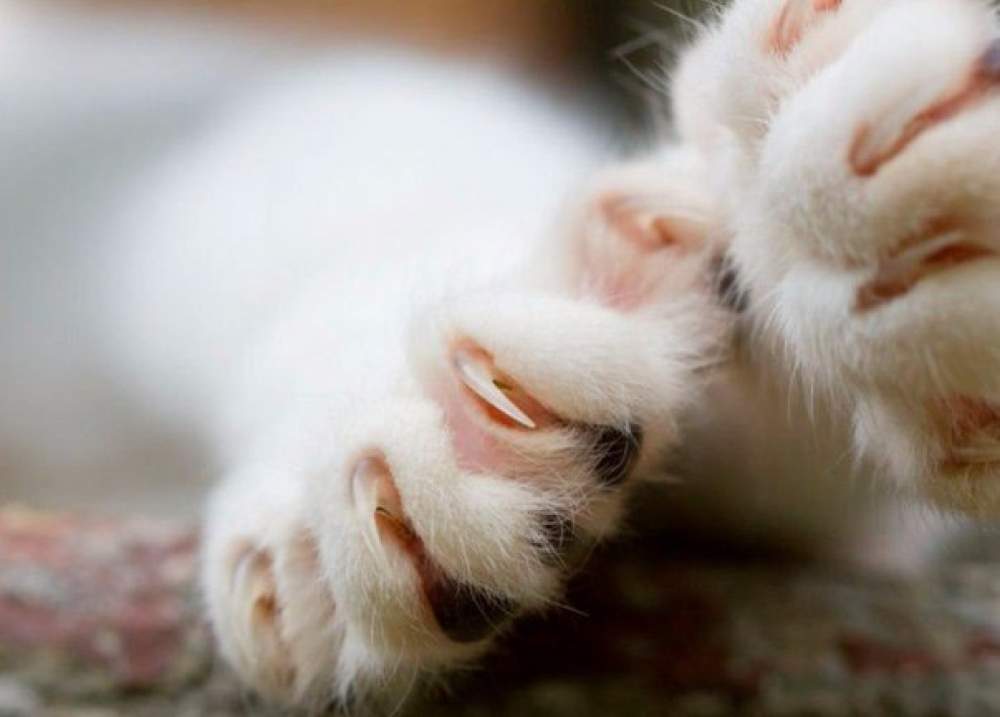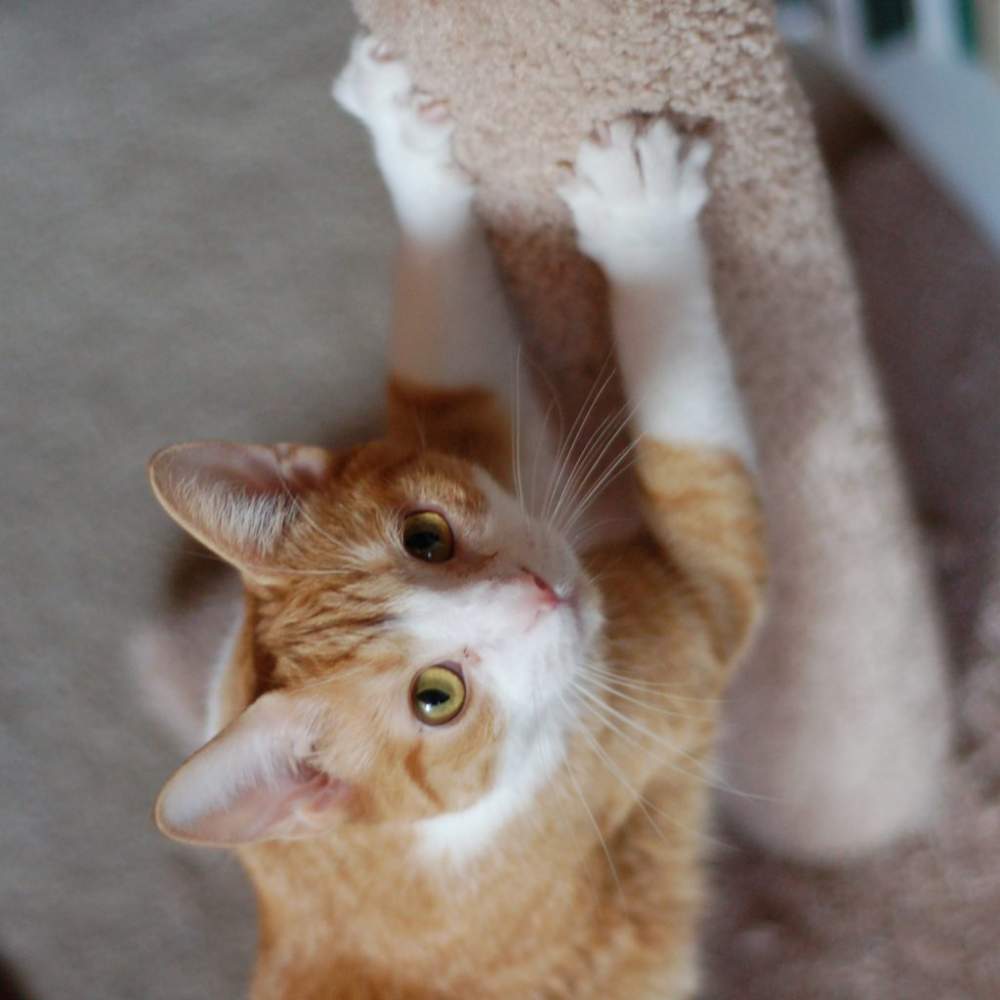Your cat’s claws are one of its most beautiful assets in everyday life. They allow it to climb trees and hunt prey. These small sharp claws also allow it to defend itself or to mark its territory by depositing pheromones that indicate its presence to other animals.
If all this is perfectly natural, it is also very problematic for your furniture and you’re interiorly lacerated by the many scratches. However, should you cut your cat’s claws? And if so, how to proceed?
How does the cat’s paw look?
Cat’s claw comes in two parts. The inside and outside of the claw. The inside of the claw, or pulp, is supplied with nerve and blood vessels, so its total section is very painful. The exterior, or keratinized part, consists of several horny layers. This is the part that must be removed when you cut or file your cat’s claw.
These sharp little claws are retractable, meaning that they are not in contact with the ground and that the cat only wields them when it needs them. If this formidable weapon is very practical, this means on the other hand that it does not wear out its claws daily (unlike the dog) and that it needs to regularly scratch suitable surfaces to be able to ensure their maintenance. These scrapings are seen as a plague by the owners who take a dim view of the destruction of their furniture but they are nevertheless essential.
Should you cut your cat’s claws?
A cat’s claws should never be cut with ordinary scissors, as it may hurt since the pulp of the claw is supplied with nerves and blood vessels. It is however possible to file it delicately. Yet is this a good idea? It all depends on the context.
The cat’s claws are an integral part of its identity, just as a human needs its hands to function daily. Unlike us, our feline does not need to make sharp tools to assist in day to day, its claws are there for that and it is important to respect. While there are many tips for escaping scratches or at least reducing their impact on our interior and controlling your companion’s hunting instincts, adopting a cat may not be the best idea if your interior cannot fit. allow you to receive a scratch or two from time to time.
Reading Suggestions: 200+ Unique Female Cat Names for Your Cute Companion
Cutting the claws of outdoor cats:
If you live in the countryside or your cat has unlimited access to the outdoors, you are doing them a disservice by filing their claws. He needs it to defend himself, to climb and escape in case of danger. A cat outdoors naturally wears out its claws: wood, bricks, leaves, sheets, all the surfaces that stand in its way allow it to file its small retractable claws and you will not need to intervene, except to check from time to time that he has not hurt himself. Although sturdy, cats’ claws can sometimes break or become infected.

Cutting the claws of an indoor cat
Despite a strong hunting instinct, your indoor cat has little else to track than its plastic mouse. Its claws are therefore a major drawback that stands between your maintained interior and you. Filing your cat’s claws if they are too sharp is always a good idea, but remember that scratching is part of her instincts and that it would just be painful and cruel to cut her claws completely.
Rather, adapt your environment by offering your pet surfaces adapted to its needs such as a scratching post or a cat tree. If despite your best efforts, your cat continues to scratch your couch or chair, or even show claws when you approach him, the problem is probably more behavioral and it is probably time to take care of your cat’s education.
How to limit cat scratches?
You are understanding and benevolent towards your cat, however, this automatic destruction of your furniture and everything you care about begins to weigh on you. While it is not a question of completely cutting your cat’s claws, there are many ways to prevent them from scratching all over the place. It is above all necessary to focus on the training and behavior of the cat, rather than directly tackling the result. Fortunately, there are plenty of ways to fix scratching inconvenience once and for all before having to cut your cat’s claws.









